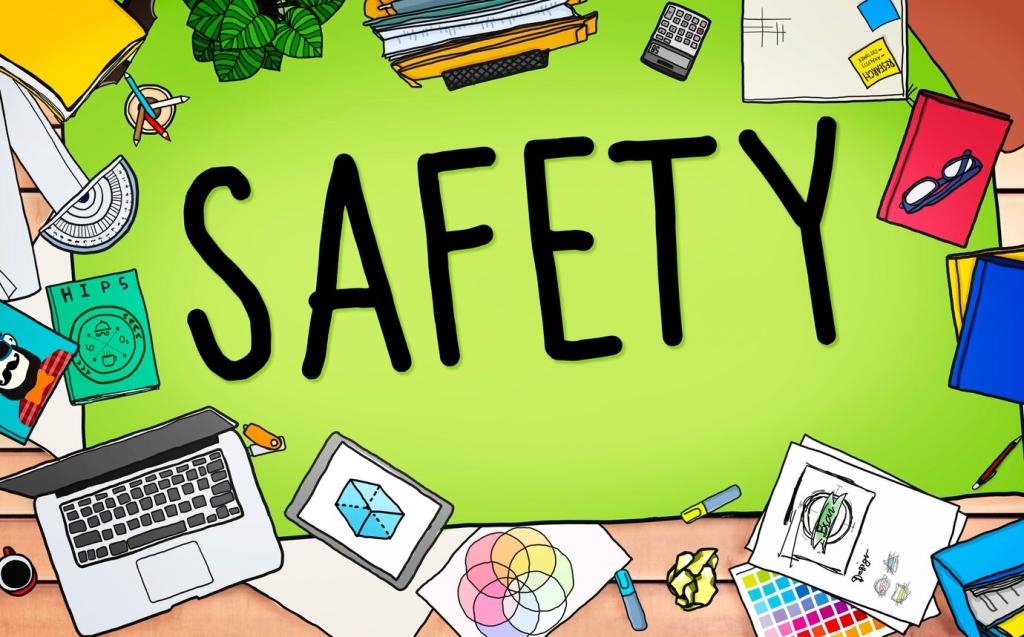
The Future of Autonomous Vehicle Safety Systems
Chosen theme: The Future of Autonomous Vehicle Safety Systems. Explore how sensors, AI, cybersecurity, regulation, and human-centered design converge to protect every road user—today, tomorrow, and in the moments that matter most.
Sensors and Redundancy: Building a Safety Net You Can Trust
Lidar, Radar, and Cameras Working as One
True safety emerges when diverse sensors watch the same scene from different angles. Radar tracks speed through rain, lidar shapes precise 3D contours, and cameras interpret signs, lanes, and gestures. Fusion algorithms cross-check each stream, flag inconsistencies, and fall back gracefully when fog, glare, or mud blinds one modality.

AI That Explains Itself: From Training to Trust
Safety demands performance outside the comfort zone of training data. Teams blend real-world logs, targeted edge-case mining, and photorealistic simulation to stress models across weather, cultures, and road geometries. Closed-loop testing reveals compounding errors, while domain randomization exposes brittle assumptions before the vehicle meets a tricky intersection.
AI That Explains Itself: From Training to Trust
Interpretability tools highlight which cues shaped a decision—reflective cones, a darting dog, or a brake light flicker—so engineers and safety operators can judge reliability. Confidence estimates and clear, early handover prompts keep humans informed, preventing surprise alerts and ensuring a calm, well-timed transition when assistance is genuinely needed.

Cooperative Safety with V2X
Smart lights broadcast signal phase and timing, while curb sensors and cameras detect pedestrians stepping off a crowded sidewalk. Vehicles receive these messages, predict conflicts, and pre-condition brakes before line-of-sight clears. The result is smoother approaches, fewer hard stops, and extra protection where most urban collisions actually begin.




Standards, Regulation, and Ethics
ISO 26262 addresses failures like shorted sensors or frozen ECUs, while SOTIF focuses on performance limitations without faults—think misclassified debris or confusing signage. Together, they frame hazards, mitigations, and verification so both broken components and imperfect perception are treated with equal rigor and clarity.


Standards, Regulation, and Ethics
Regulations now expect ongoing cybersecurity and software update management, not one-time approvals. Compliance processes track changes, evidence testing, and ensure vehicles remain safe as code evolves. This continuous approach aligns incentives with reality: autonomy improves in increments, and accountability must travel alongside every update.
Photorealistic worlds model sensor physics, from raindrop scatter to rolling shutter. Closed-loop simulations exercise perception, planning, and control together, while fault injections reveal brittleness. By rehearsing emergencies endlessly, teams arrive on real roads with sharper instincts and guardrails already proven against nasty corner cases.

